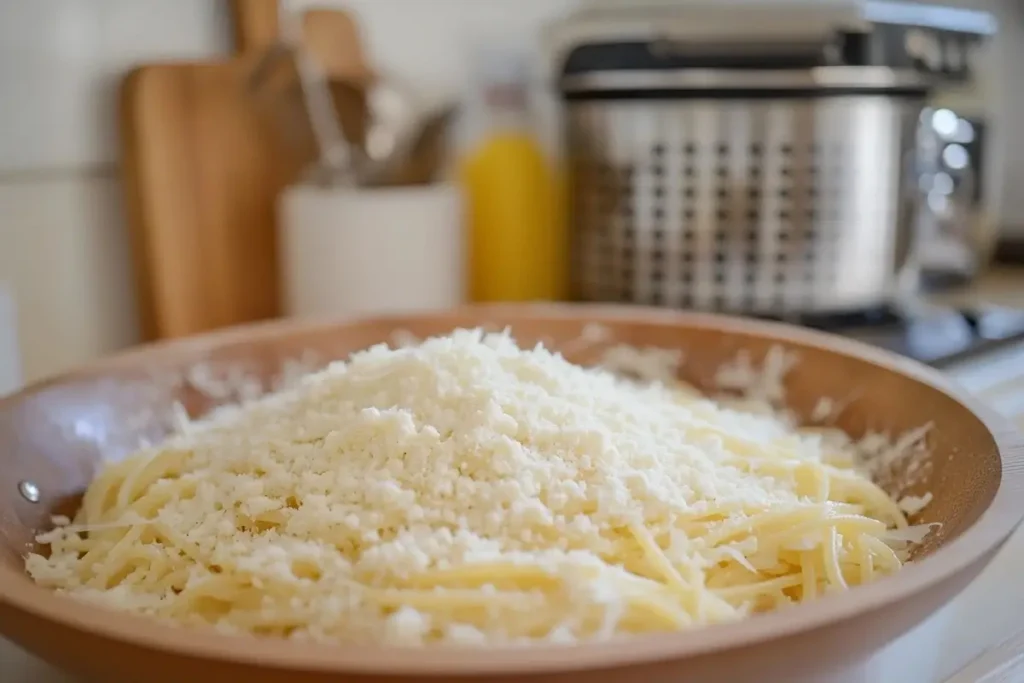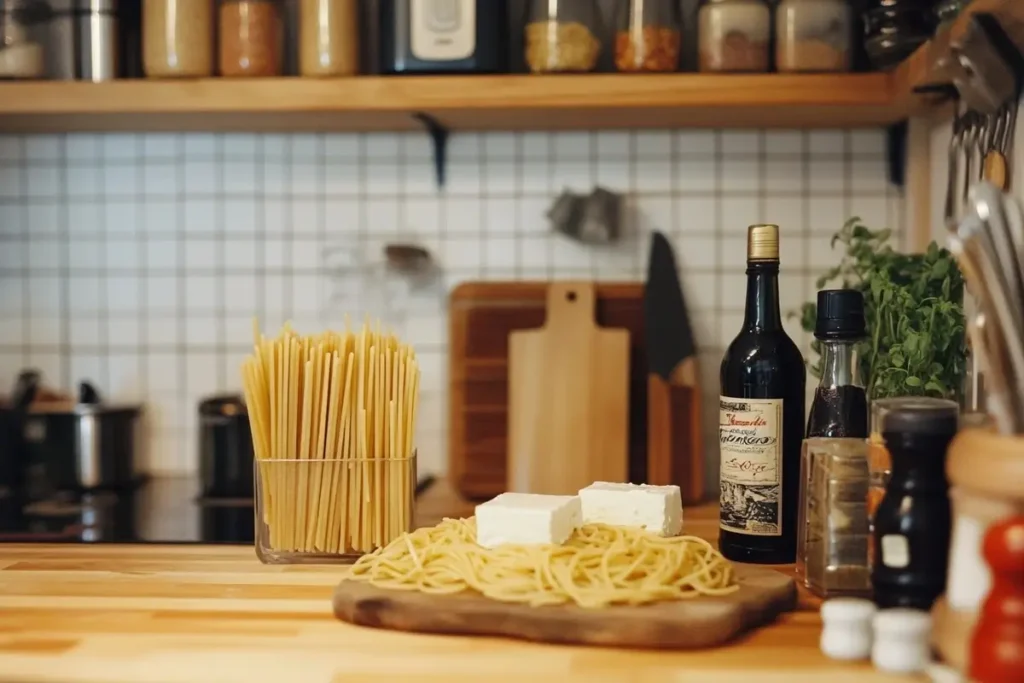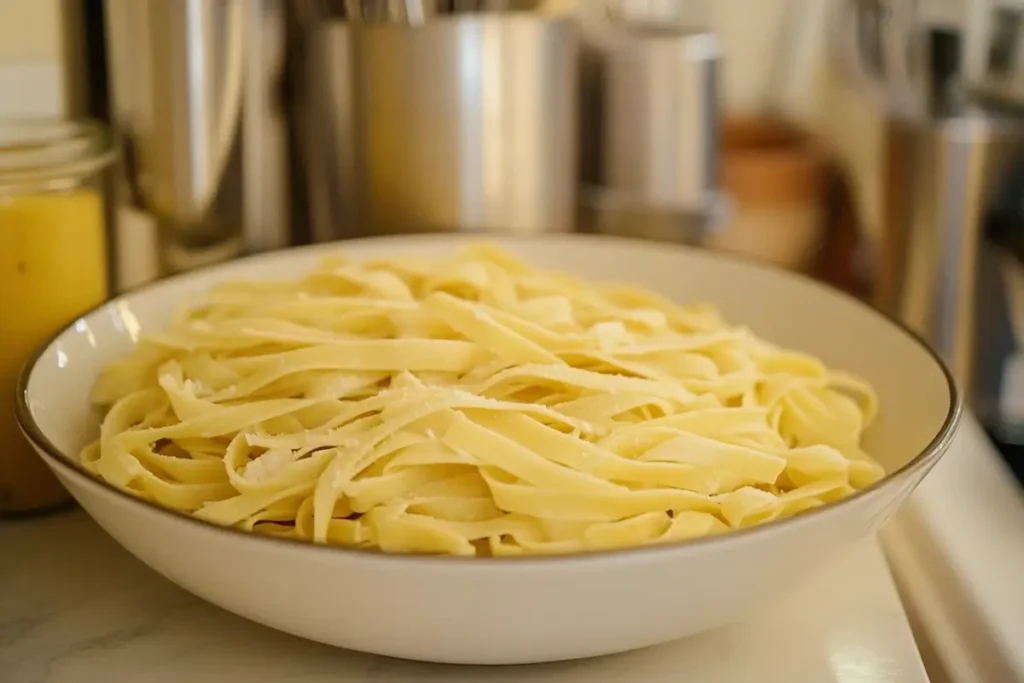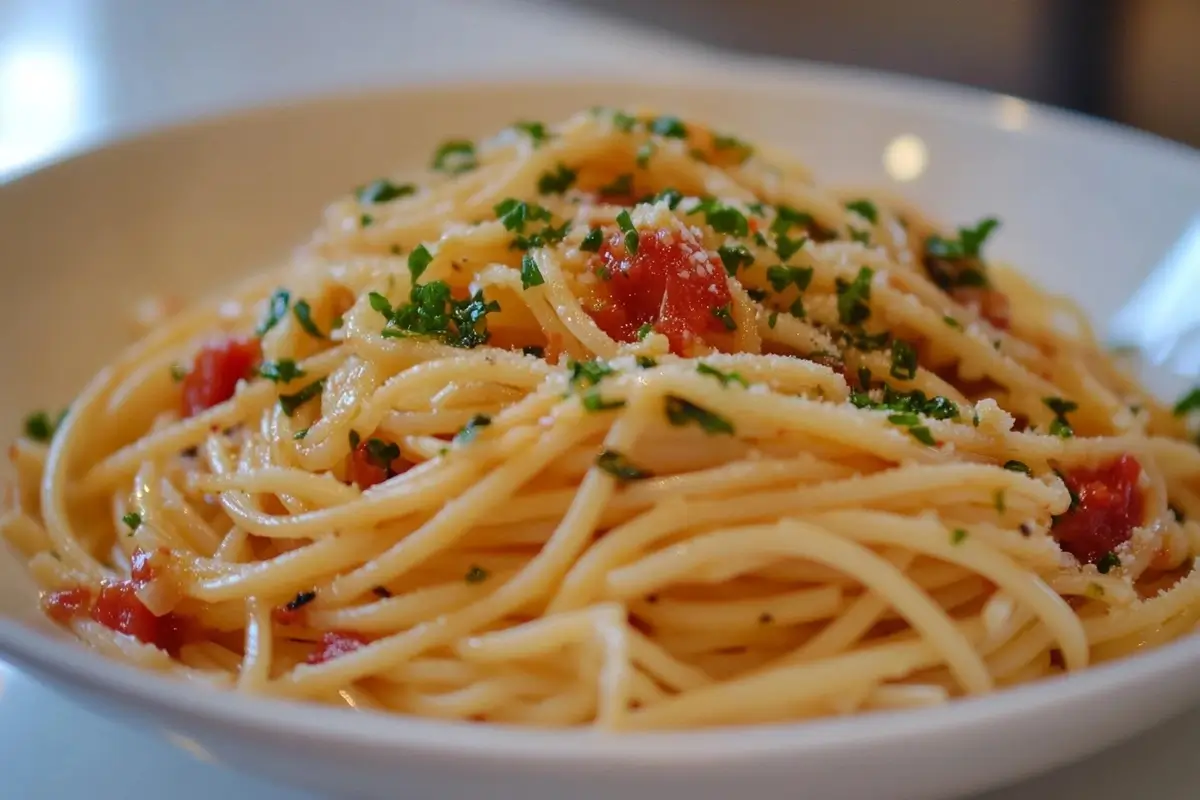Is feta cheese good in pasta? Without a doubt, feta is a versatile cheese that can bring a vibrant twist to your favorite pasta dishes. Its unique tanginess and crumbly texture often become the highlight of any meal, bridging Mediterranean flavors with classic Italian comfort food. Whether you’re curious about how it melts, how best to incorporate it into recipes, or simply unsure if its salty bite is the right match, this in-depth guide will walk you through everything you need to know. You’ll discover helpful cooking techniques, possible health benefits, and taste insights that will elevate your pasta game to the next level. Let’s dive right in.
Understanding Feta Cheese
Before you add feta to pasta, it’s important to understand what makes this cheese distinctive. Feta originates from Greece, where it is traditionally made using sheep’s milk or a combination of sheep’s and goat’s milk. This specific blend results in the characteristic briny, tangy flavor that has won over countless palates around the world. Typically stored in brine, feta has a crumbly yet creamy texture, making it ideal for sprinkling on top of a variety of dishes—pasta included.
Traditional Production and Varieties
Greek regulations protect the name “feta,” ensuring that only cheese produced using specific methods in certain regions can bear the label. Despite this, many countries produce their own versions of feta-like cheese from cow’s milk or other sources. While these variants may mimic the crumbly consistency, they often differ slightly in taste, ranging from milder and creamier to sharper and saltier.
Still, authentic feta remains prized for its pronounced tang, which can deliver a bold, savory note to any dish. When you toss it into pasta, you get a combination of flavors that’s both comforting and refreshingly bright.

Unique Flavor Profile
Feta is celebrated for its salty, acidic punch. Thanks to the brine solution in which it rests, feta can have a salt content higher than many other popular cheeses. This saltiness isn’t just intense for the sake of being intense—it plays a role in preserving the cheese and amplifying its flavor.
When paired with pasta, the zesty tang stands out against mild ingredients like tomatoes, spinach, or cream-based sauces. Crumbling some on top of a steaming plate of noodles can awaken a dish that might otherwise be too plain or monotonous. If you enjoy bold flavors, feta will likely become one of your new go-to garnishes.
Is Feta Cheese Good In Pasta: Main Considerations
Balancing Salt and Acidity
One of the first things to note when introducing feta to your pasta is balance. Feta’s inherent saltiness can easily overpower other ingredients. Therefore, it’s crucial to adjust seasoning in your sauce or additional toppings. For instance, if you’re adding capers, olives, or anchovies, realize that all these elements already bring a fair amount of salt to the mix. Begin with smaller amounts of seasoning, then taste and tweak.
In dishes that might otherwise come across as too mild, feta can serve as a much-needed counterpoint. Think about a simple tomato sauce. The sweet acidity of simmered tomatoes blends beautifully with feta’s briny tang. Add a drizzle of extra virgin olive oil and a sprinkle of fresh herbs, and you have a Mediterranean-inspired pasta worth savoring.
Texture Variations
Feta is not the type of cheese that melts into a gooey, stringy consistency like mozzarella or provolone. Instead, it softens into creamy pockets, retaining some of its shape. Each bite reveals a crumbly chunk, offering an appealing textural difference amidst smooth noodles. For individuals who love variety in texture, this quality is a major selling point.
On the other hand, some people might prefer a cheese that integrates completely into the sauce, creating a uniform consistency. If that’s you, be prepared for a different experience when working with feta. You won’t get a silky stretch in every forkful, but you’ll taste little bursts of tangy richness throughout the dish.
Complementary Ingredients
Pasta dishes often rely on synergy between the main elements. Pairing feta with complementary ingredients will help bring out its best qualities. Here are some popular pairings:
- Tomatoes: Fresh tomatoes or tomato-based sauces counterbalance the salty tang with their natural sweetness.
- Spinach and Other Greens: Earthy leafy greens like spinach, kale, or arugula blend seamlessly with feta’s brightness.
- Olives: Both black and green olives share feta’s briny character, tying a dish together for a robust Mediterranean feel.
- Herbs: Basil, oregano, thyme, and rosemary pair well with feta’s flavor profile. A quick sprinkle can elevate a meal from basic to remarkable.
- Garlic and Onions: The foundation of countless pasta recipes. Their savory depth supports feta’s zing without overwhelming the dish.

Potential Health Benefits of Feta
Feta cheese holds some nutritional virtues that make it an attractive option beyond its flavor. Though every person’s dietary needs are unique, moderate consumption of feta can offer a few noteworthy perks:
- Protein Content
Feta is a relatively concentrated source of protein, crucial for muscle repair and many metabolic functions. Adding a modest helping of feta to pasta can help create a more balanced meal, especially when vegetables and whole-grain noodles are involved. - Calcium and Bone Health
Like most cheeses, feta boasts a respectable amount of calcium. This mineral plays a vital role in maintaining bone density and supporting muscle function. If you’re concerned about daily calcium intake, feta can help you move closer to your goal. - Lower Fat Than Some Other Cheeses
Compared to certain aged or high-fat cheeses, feta often contains less fat. Authentic feta made from sheep’s or goat’s milk typically has a rich flavor even in smaller amounts. So, a little can go a long way, letting you keep calorie intake in check without sacrificing taste. - Beneficial Fatty Acids
Some studies highlight that feta can contain conjugated linoleic acid (CLA), which may have certain health advantages, including supporting a healthy inflammatory response in the body. However, it’s best to treat these claims with caution and see feta as part of an overall balanced diet.
Potential Drawbacks
Despite these benefits, it’s also essential to note potential downsides. Feta is relatively high in sodium. People following a low-salt regimen should consume it sparingly, or opt for a quick rinse of the cheese block before use to remove some brine. Additionally, as with many dairy products, feta can trigger digestive issues in individuals with lactose intolerance or dairy allergies. Always consider personal dietary constraints before diving into any new ingredient.
Culinary Techniques for Feta Pasta
To harness feta’s best qualities in pasta, try these cooking tips:
- Baked Feta Method
A popular approach is baking feta alongside other ingredients to form a sauce. Arrange cherry tomatoes, garlic, and a block of feta in a baking dish, drizzle generously with olive oil, sprinkle with herbs, then roast until the tomatoes burst and the cheese slightly caramelizes on top. Stir in freshly cooked pasta, and you’ll be amazed by the rich yet tangy sauce that forms. - Lightly Crumbled Topping
For those who adore feta’s crumble, toss it in at the last moment. Once you drain your pasta and combine it with your sauce, sprinkle feta over the top. Gently fold it through, allowing pockets of creamy tang in each bite. This approach is perfect for cold pasta salads or warm dishes where you crave textural diversity. - Warm and Wilted Greens
Sauté spinach, kale, or another leafy green with olive oil, garlic, and shallots. Add cooked pasta, and finish with a handful of crumbled feta. The heat will soften the cheese just enough, creating a balanced blend of flavors. This technique highlights the synergy between leafy greens and the brininess of feta. - Creamy Feta Sauce Variation
You can transform crumbled feta into a creamy sauce by blending it with a bit of pasta water, olive oil, and optional Greek yogurt. The starchy pasta water helps unify the sauce, while the yogurt contributes extra creaminess and tang. Warm everything together in a pan, then toss in your cooked noodles.
Pairing with Pasta Shapes
Certain pasta shapes capture feta crumbles more effectively than others. Short, ridged shapes like penne, rigatoni, or fusilli hold onto those salty nuggets between their grooves. Shells can also be excellent if you enjoy scooping up extra cheese in every spoonful. Long, thin noodles like spaghetti or angel hair don’t always cling to crumbly cheeses as well, but they can still work—especially if you have a flavorful sauce that binds everything together.
Enhancing Your Feta Pasta Experience
Layering Flavors
When creating a pasta dish with feta, building layers of flavor from the start is key. Begin by sautéing aromatics, such as onions, garlic, or even finely chopped carrots and celery for sweetness. Add herbs at different stages: some early in the cooking process to infuse your sauce, and some right at the end to lend a burst of fresh aroma. If your recipe includes proteins like chicken, shrimp, or chickpeas, season them well before combining them with your noodles. Finally, fold in crumbled feta as the finishing touch to ensure it stands out against these deeper flavors.
Mindful Substitutions
Feta, while distinctive, can sometimes be interchanged with other cheeses in a pinch. Ricotta salata, for instance, is another firm, salty cheese that can serve a somewhat similar function. However, you won’t get the exact same tang or crumbly texture. Goat cheese might mimic feta’s tanginess but tends to be creamier, which alters the mouthfeel of your final dish.
If dietary restrictions make dairy-based feta off-limits, consider almond-based or tofu-based feta substitutes. These plant-based alternatives can mimic the crumbly consistency and, with proper seasoning, provide a comparable salty tang.
Toning Down Saltiness
If you find authentic feta too salty, try soaking the cheese block in water or milk for a short period before using it. This trick can draw out some of the excess salt without completely stripping away the signature brine flavor. Alternatively, choose a low-sodium or milder variety of feta, often made from cow’s milk, to achieve a softer salt level in your meal. Remember to limit adding extra salt to the sauce, pasta water, or other ingredients until you’ve tasted the dish with the feta already included.
Serving Suggestions
Feta pasta can be part of a simple weeknight dinner or the star of a celebratory feast. Serve your dish with a side of crusty bread to mop up lingering sauce. A crisp green salad also complements the richness of feta, adding a refreshing crunch to the meal. Because feta-based pasta often showcases Mediterranean influences, you might pair it with roasted vegetables like zucchini, peppers, or eggplant to round out the menu.

FAQ
Does feta cheese taste good on pasta
Feta cheese’s tangy, salty bite often elevates pasta dishes, especially if paired with complementary ingredients like tomatoes, spinach, or olives. Because it softens but doesn’t melt fully, you get distinct bursts of flavor that make pasta more exciting. Whether you sprinkle it on top of a warm dish or fold it into a pasta salad, feta usually provides a zesty contrast that many people enjoy.
Will feta melt in pasta?
Feta cheese does not melt in the same way as mozzarella or cheddar. Instead, it softens and breaks down slightly when exposed to heat. This partially melted texture forms creamy pockets rather than a smooth, unified sauce. If you want to integrate it further, you can stir in crumbled feta while the pasta is still hot, but don’t expect long, stringy cheese pulls.
Can I use feta instead of parmesan in pasta?
You can use feta instead of parmesan for a tangier, saltier twist. However, keep in mind that feta’s crumbly texture and brine-infused flavor differ significantly from parmesan’s sharp, dry character. You may need to adjust the overall seasoning, as feta can bring a more intense saltiness. In many tomato-based or Mediterranean-inspired dishes, the swap can be quite delicious if you like bold flavors.
Will feta cheese melt in a sauce?
When added to a hot sauce, feta cheese breaks down slightly but remains in small, creamy lumps rather than forming a uniform mixture. If you stir it vigorously with a bit of pasta water or another liquid, you can create a thicker, creamier consistency, but it won’t become fully liquid. This characteristic is part of feta’s charm, as it provides distinct pockets of tangy goodness throughout the sauce.

